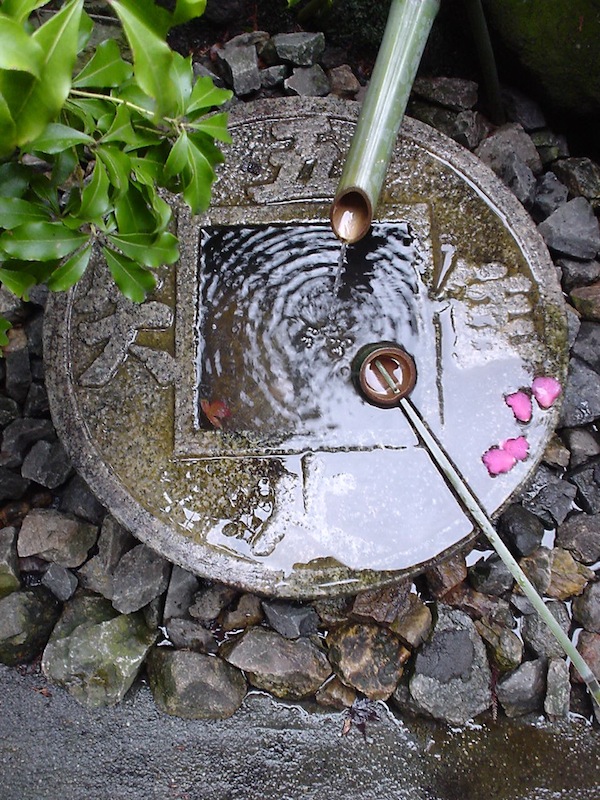- 113: INVISIBLE WALLSwith A Walker & D Disney 112: TREATwith T Dearborn 111: BABYwith S Deo & L Ferney 110: POP!with Z Frost & B Jessen 109: NO THEME 12with C Maling & N Rhook 108: DEDICATIONwith L Patterson & L Garcia-Dolnik 107: LIMINALwith B Li 106: OPENwith C Lowe & J Langdon 105: NO THEME 11with E Grills & E Stewart 104: KINwith E Shiosaki 103: AMBLEwith E Gomez and S Gory 102: GAMEwith R Green and J Maxwell 101: NO THEME 10with J Kinsella and J Leanne 100: BROWNFACE with W S Dunn 99: SINGAPOREwith J Ip and A Pang 97 & 98: PROPAGANDAwith M Breeze and S Groth 96: NO THEME IXwith M Gill and J Thayil 95: EARTHwith M Takolander 94: BAYTwith Z Hashem Beck 93: PEACHwith L Van, G Mouratidis, L Toong 92: NO THEME VIIIwith C Gaskin 91: MONSTERwith N Curnow 90: AFRICAN DIASPORAwith S Umar 89: DOMESTICwith N Harkin 88: TRANSQUEERwith S Barnes and Q Eades 87: DIFFICULTwith O Schwartz & H Isemonger 86: NO THEME VIIwith L Gorton 85: PHILIPPINESwith Mookie L and S Lua 84: SUBURBIAwith L Brown and N O'Reilly 83: MATHEMATICSwith F Hile 82: LANDwith J Stuart and J Gibian 81: NEW CARIBBEANwith V Lucien 80: NO THEME VIwith J Beveridge 57.1: EKPHRASTICwith C Atherton and P Hetherington 57: CONFESSIONwith K Glastonbury 56: EXPLODE with D Disney 55.1: DALIT / INDIGENOUSwith M Chakraborty and K MacCarter 55: FUTURE MACHINES with Bella Li 54: NO THEME V with F Wright and O Sakr 53.0: THE END with P Brown 52.0: TOIL with C Jenkins 51.1: UMAMI with L Davies and Lifted Brow 51.0: TRANSTASMAN with B Cassidy 50.0: NO THEME IV with J Tranter 49.1: A BRITISH / IRISH with M Hall and S Seita 49.0: OBSOLETE with T Ryan 48.1: CANADA with K MacCarter and S Rhodes 48.0: CONSTRAINT with C Wakeling 47.0: COLLABORATION with L Armand and H Lambert 46.1: MELBOURNE with M Farrell 46.0: NO THEME III with F Plunkett 45.0: SILENCE with J Owen 44.0: GONDWANALAND with D Motion 43.1: PUMPKIN with K MacCarter 43.0: MASQUE with A Vickery 42.0: NO THEME II with G Ryan 41.1: RATBAGGERY with D Hose 41.0: TRANSPACIFIC with J Rowe and M Nardone 40.1: INDONESIA with K MacCarter 40.0: INTERLOCUTOR with L Hart 39.1: GIBBERBIRD with S Gory 39.0: JACKPOT! with S Wagan Watson 38.0: SYDNEY with A Lorange 37.1: NEBRASKA with S Whalen 37.0: NO THEME! with A Wearne 36.0: ELECTRONICA with J Jones
renga
"Zombies In the Fields"
This renga is a compilation of Zombie Haikunaut Renga I and Zombie Haikunaut Renga II. Read an explanation of the original instructions. And very big thanks to Ashley Capes, our renga master!
Posted in Haikunaut / Renga
Tagged collaborative, haiku, renga
Zombie Haikunaut Renga II
This is Part 2 of Cordite’s Zombie Haikunaut Renga project, continued from Zombie Haikunaut Renga I. Please read the instructions if in doubt about commenting on this post!
Posted in ESSAYS, Haikunaut / Renga
Tagged collaborative, haiku, renga
Zombie Haikunaut Renga I
This is Part 1 of Cordite's Zombie Haikunaut Renga project.
Please read the instructions before commenting on this post!
Posted in ESSAYS, Haikunaut / Renga
Tagged collaborative, haiku, renga
"Haikunaut Island Renga"
flub-a-dub in the purple west helicopter (David G. Lanoue) a bald eagle atop the sharp left turn sign (Naia) a woman knits flowers on a soldier's grave (Lawrence) her second husband wears red-framed glasses (SAT??Æ Ayaka) apple sack and a …
Posted in 34: HAIKUNAUT, Haikunaut / Renga
Tagged collaborative, haiku, renga
Haikunaut Island Renga 2
children laugh unafraid of the past in the summer grass (Keiji Minato) a ladybug of leisure wanders upside-down (Fleur) on a city tram opening to Han Shan's distances (Lorin Ford) cold mountain range plays hidden music (Joseph Mueller) hunting truffles …
Posted in 34: HAIKUNAUT, Haikunaut / Renga
Tagged collaborative, haiku, renga
Haikunaut Island Renga 1
flub-a-dub in the purple west helicopter (David G. Lanoue) a bald eagle atop the sharp left turn sign (Naia) a woman knits flowers on a soldier's grave (Lawrence) her second husband wears red-framed glasses (SAT??Æ Ayaka) apple sack and a …
Posted in 34: HAIKUNAUT, Haikunaut / Renga
Tagged collaborative, haiku, renga
Notes on Renga
 Renga is a collaborative form of poetry from Japan. In Japan it is now called “renku,” but the term “renga” has been internationally used for quite a long time, so let's go with “renga” here. Renga was born from the tradition of waka, the traditional/prestigious poetic form with 5-7-5-7-7 morae (sound units), in the 12th century. In the beginning it rigidly followed the high aesthetic of old waka in the Royal Court. However, later it began to incorporate secular elements and gave birth to a genre called haikai-no-renga (roughly meaning “mock-renga”) or haikai. Since the end of the 19th century it has been commonly called “renku.” Well, it has quite a tradition …
Renga is a collaborative form of poetry from Japan. In Japan it is now called “renku,” but the term “renga” has been internationally used for quite a long time, so let's go with “renga” here. Renga was born from the tradition of waka, the traditional/prestigious poetic form with 5-7-5-7-7 morae (sound units), in the 12th century. In the beginning it rigidly followed the high aesthetic of old waka in the Royal Court. However, later it began to incorporate secular elements and gave birth to a genre called haikai-no-renga (roughly meaning “mock-renga”) or haikai. Since the end of the 19th century it has been commonly called “renku.” Well, it has quite a tradition …
David Prater experiences Roo-ku (LIVE)
LIVE: Roo-ku (Overload Poetry Festival) Saturday 23 August 2003 I was flattered to receive an invitation last month to MC a reading put on by the Overload Poetry Festival with the mischievous title of “Roo-ku” – as in Australian haiku, …
Posted in FEATURES
Tagged David Prater, haiku, haikunauts, renga













